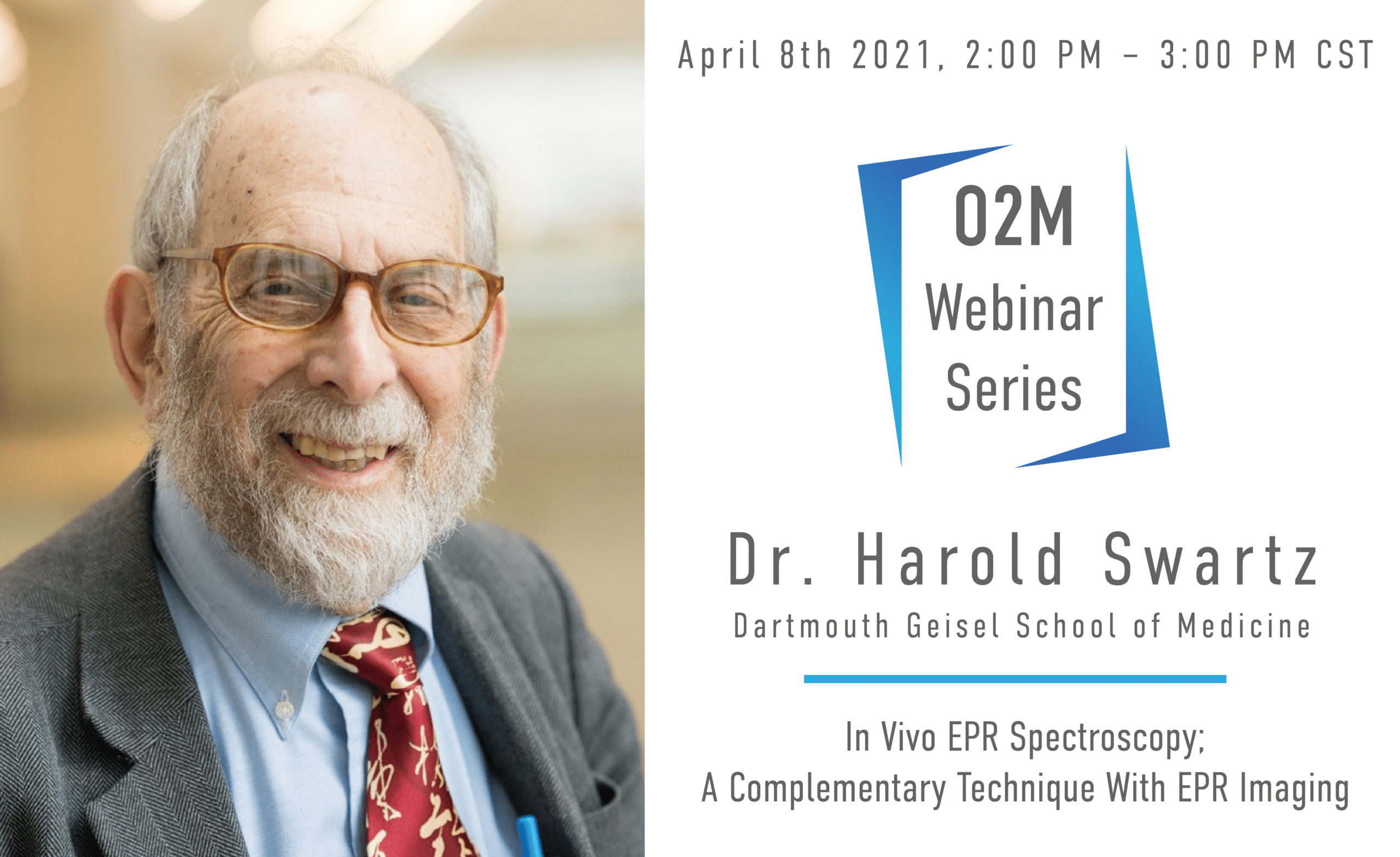About the Speaker: Harold Swartz MD, PhD, MSPH, has held the Alma Hass Milham Distinguished Chair in Clinical Medicine and has been the director of the Electron Paramagnetic Resonance (EPR) Centers at Dartmouth, the University of Illinois and the Medical College of Wisconsin. His current interests are focused especially on the measurement of oxygen in vivo to improve diagnosis and therapy in the wide range of pathophysiology for which tissue oxygen is a critical parameter. He has especially been involved in the development of EPR to make measurements in human subjects to facilitate measurements of oxygen and radiation exposure. He has authored/co-authored over 550 publications and six books. His honors include the International Zavoisky Award (2005); Fellow of International EPR (ESR) Society (2005); special gold medal as Founder of the International EPR Society (2005); Fellow of International Society for Magnetic Resonance in Medicine (1997); silver medal (Biomedicine) from International EPR Society (1994), and the silver medal from the Society for Magnetic Resonance in Medicine (1993).
About the Webinar: EPR spectroscopy provides quantitative measurement of oxygen based on the physical interaction of molecular oxygen with the paramagnetic materials, modifying the EPR spectra proportionally. Two different types of paramagnetic materials can be used for EPR spectroscopy: soluble free radicals (such as nitroxides and trityls) and particulates such lithium phthalocyanine and carbon particles. The particulates may higher spin densities. The soluble free radicals may be especially valuable for oximetry because they can have especially valuable because in addition to measuring oxygen, they also can measure a number of other biochemical and physical parameters within the capsule such as pH, viscosity, and SH groups. In my webinar, I will cover applications of EPR spectroscopy to various applications.

